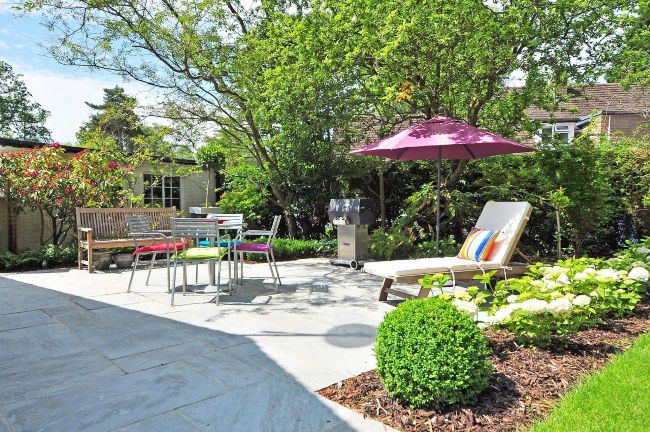Tips for Designing Sloped Gardens inCentral Coast Suburbs

Making your garden in a sloped area can seem difficult at first, but trust me, it will be beautiful, and you won’t regret it later. Now, such sloping sites offer the opportunity for you to create uniquely designed outdoor spaces. Sloped gardens are a common feature in Central Coast suburbs, and it won’t be a disaster if you maintain them well. While uneven terrain can bring out more landscaping challenges, a simple yet thoughtful design can transform a sloping yard into a stunning, functional outdoor space. In this article, I’ve mentioned five essential tips for designing sloped gardens for your outdoor space.
Challenges of a Sloped Garden
Before reading my expert design tips for your outdoor space, first, you need to understand the challenges associated with landscaping on a slope:
Erosion Control: Slopes are vulnerable to soil erosion, which can lead to the removal of the natural soil and its nutrients. So, when gardening, you need to choose plants that can control erosion.
Accessibility: You need to prioritize accessibility in your sloping gardens. It can be quite challenging to manage and sustain if there are no pathways and structures in your outdoor space.
Plant Stability: Slope stabilization is always important, and it can be quite difficult when it comes to plants to make sure they stay rooted firmly on the ground.
Yes, it can seem challenging to design your first slope garden, but landscape designers on the Central Coast NSW can easily help you with your outdoor design. They’ve got the practical expertise to help you create your dream bespoke garden and outdoor oasis. They combine various plants, materials, and design techniques to create spaces that not only reflect your personal style but also thrive in the Central Coast climate.
Create an Outdoor Seating Area

A sloped garden doesn’t have to be all about plants and bushes. You can also use natural contours of your yard to carve out flat areas for patios, decks, or seating nooks. These spaces provide you with extra spots for relaxation, dining, or entertaining. For small spaces, you can build benches on the surrounding walls to save space without losing comfort.
But don’t forget to position patios or decks to capture the best light and vistas, and use plantings or screens to create a sense of seclusion to give yourself some privacy. Even a small terrace with a bench or fire pit can become a favourite spot in your garden.
Build Steps and Pathways
To get around your steep gardens, incorporating steps can be a great idea. You can start by installing steps and winding pathways by using the same construction materials that you used to build your home. A bold set of steps can be attractive, while gently curving paths help soften the landscape and make moving through the slope easier. You can surround your steps with tiered planters or lush plantings, as it can give you a structured and balanced look.
Grow Plants and Flowers

Soil erosion can be a common concern in sloped gardens. So, you need to grow plants and flowers that help prevent the challenge of soil erosion. You can opt for groundcovers and plants with strong root systems that help stabilize the soil. I suggest you use plants such as native grasses, periwinkle, or kidney weed. These plants not only hold your soil in place but also reduce maintenance and give an enhanced natural look. You can also place native trees and shrubs to create windbreaks, provide shade, and add vertical interest to your landscape.
Drainage and Irrigation
As you all know, you need to have effective water management in your sloped gardens. Without proper drainage, water can either pool at the base or run off too quickly, leading to soil erosion and plant stress. It can also make your garden into a flooding hazard. So, you need to start incorporating drainage channels, or French drains. You can also strategically place rocks to direct water flow and prevent flooding.
Conclusion
Gardening on a sloped area can seem exciting, but with careful planning and designing, it can easily become your dream outdoor space. By terracing the land, integrating safe access, selecting erosion-controlling plants, managing water wisely, and carving out inviting living spaces, you can turn a challenging slope into a beautiful, functional landscape. With these tips, your sloped garden will not only thrive but also become a standout feature of your home.


